Despite the mid-term candidate change, this year's White House race has been a strange, rare, and arguably unprecedented election from the beginning until now.
Like many other times, Washington DC still welcomed me in the peaceful atmosphere of the US capital. Peaceful as it is, an American international political analyst once said: "If I had to think for 30 seconds to use one word to describe Washington DC, I would choose the word transaction ". Roughly translated, this word can be "exchange" or "transaction". Perhaps the focal point of Washington DC's global political influence, the expert used the word "transaction" to describe this capital.
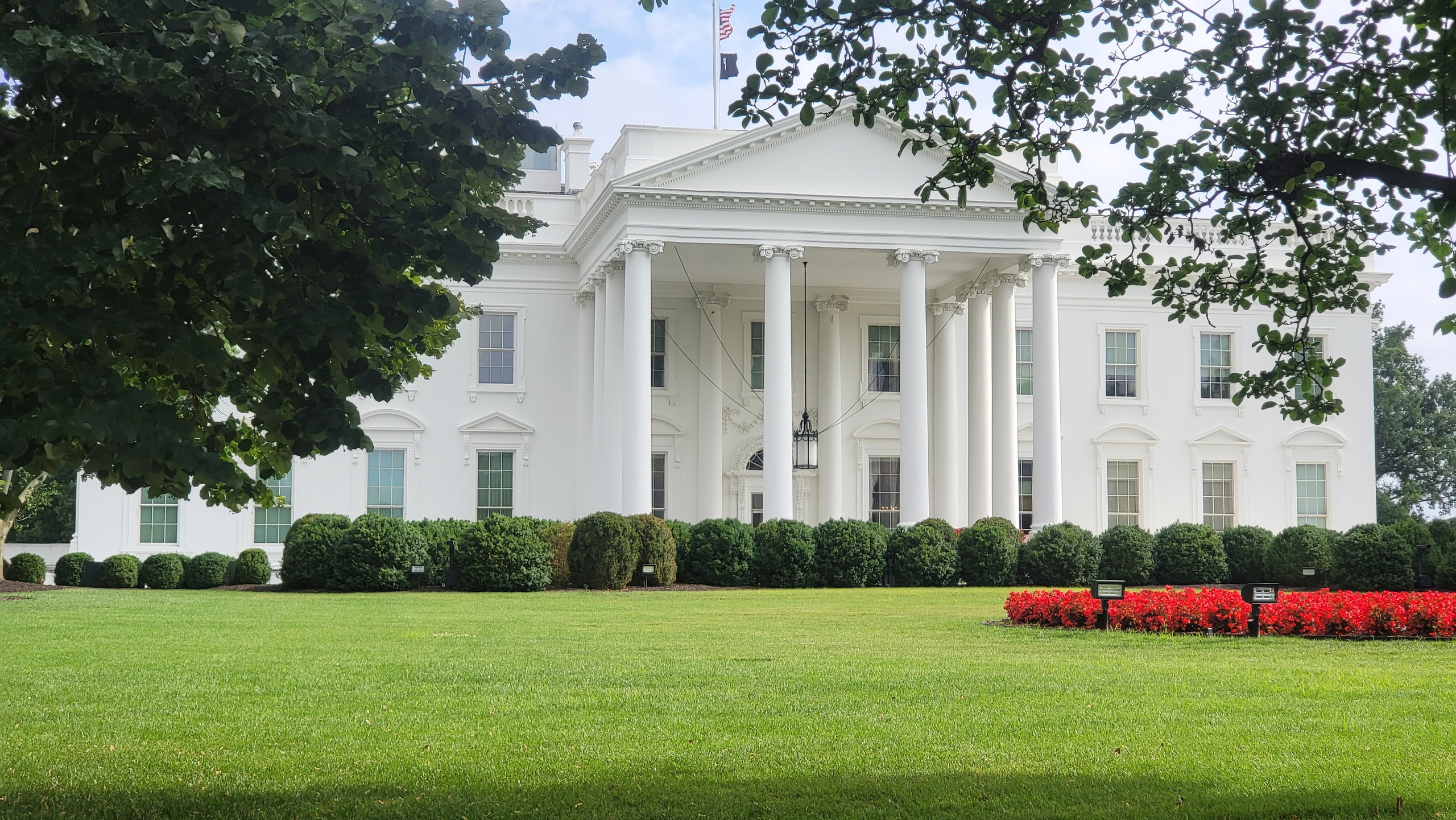
The White House is set to change hands early next year.
That is why, although the streets here are still peaceful, the whole world is focusing its attention here, where the White House is about to change hands in an unprecedented election. It is the characteristics of the two candidates (current Vice President Kamala Harris representing the Democratic Party and former President Donald Trump representing the Republican Party) that make that happen.
Female candidates have many "firsts"
First of all, candidate Harris became the fourth person in US history to compete to represent one of the two largest parties in the country for the presidency.
Before Ms. Harris were Republican Congresswoman Margaret Chase Smith (elected in 1964) and Democratic Congresswoman Shirley Chisholm (elected in 1972) and former US First Lady Hillary Clinton. In 2008, while serving as a senator representing New York, Mrs. Clinton competed against Mr. Barack Obama for the Democratic presidential nomination, but failed. It was not until 2016 that she successfully became the Democratic Party's nominee.
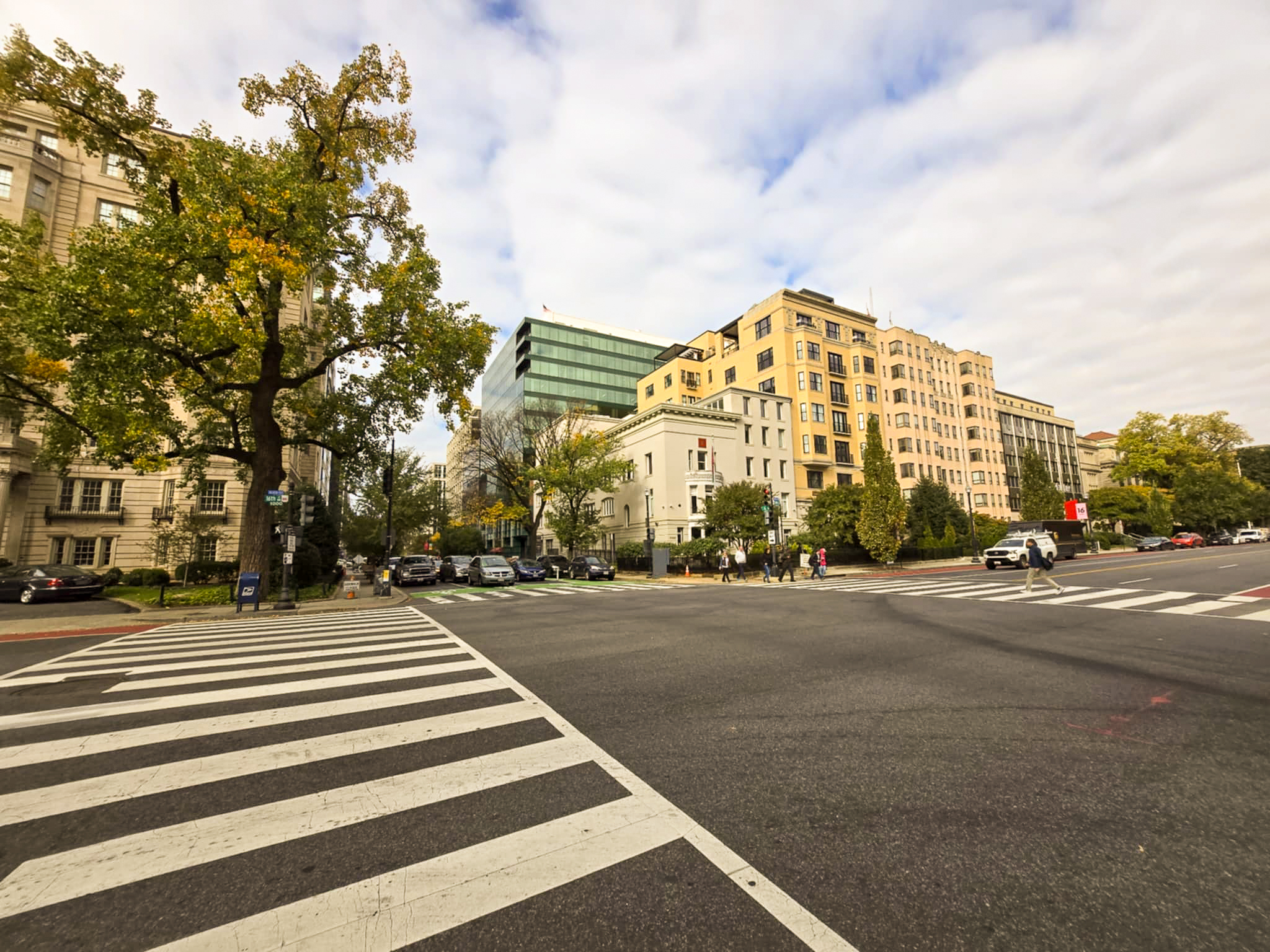
The US capital Washington DC with its inherent peaceful atmosphere
Therefore, although Ms. Harris is the second woman to represent one of the two major parties in the US to run for president, she "hit it right away" as the first woman to succeed in her first attempt to represent her party. Moreover, she became the first female candidate of color (with an Indian mother) to run for US president.
Not only that, before officially running for election, Ms. Harris was also the highest-ranking woman in American history when she held the position of Vice President of the United States. She is the first female Vice President of the United States. Before that, she was the second female senator of African descent and the first female senator of South Asian descent. Candidate Harris's achievements were also recognized when she was the first female district attorney of San Francisco (California), then the first female attorney general of California.
If she wins this election, Kamala Harris will become the first female president of the United States.
And the rare candidate
On the opposite side of Ms. Harris, Mr. Donald Trump also became a US presidential candidate with many rare characteristics. In US history, Mr. Trump is the third former president to run to return to the White House.
In American history, Mr. Grover Cleveland (1837 - 1908, Democratic Party) won the US presidential election in 1884 but failed to win re-election in 1888. Then, 4 years later, he ran again and won to begin his term of 1893 - 1897. Therefore, Mr. Cleveland was also the first person to be US president for 2 non-consecutive terms.
Another former US president who ran for re-election was Theodore Roosevelt. Originally a deputy to President William McKinley in his second term (1901 - 1905), Theodore Roosevelt became the owner of the White House when McKinley died after an assassination in September 1901 early in his term.
In the 1904 election, Theodore Roosevelt won and continued to be the owner of the White House, and at the same time announced that he would not run for a third term - which the US Constitution at that time still allowed. The limit on the number of terms of the US president was stipulated in the 22nd Amendment of the US Constitution, passed in 1951, with the content: 1 person cannot be president for more than 10 consecutive years and cannot be elected president more than 2 times.
In the 1908 election, President Theodore Roosevelt supported William Howard Taft, a Republican, to run for the White House. Taft won the election but quickly fell out with former President Theodore Roosevelt. The disagreement deepened and criticism intensified, so in 1912, former President Theodore Roosevelt ran again for president of the United States, representing the Progressive Party after failing to win the Republican nomination. In the 1912 election, Democratic candidate Woodrow Wilson won, but Roosevelt "came in second" with a significantly larger number of votes than Taft.
Therefore, in the 2024 election, if Donald Trump wins, he will become the second former US president, and the first former US president of the Republican Party, to return to the White House. However, at that time, Mr. Trump also has some not-so-positive "first" characteristics. That is: the first impeached president to be re-elected, the first convicted criminal to be elected as US president.
US election date selection rules
According to US regulations, the US presidential and federal congressional elections take place on the "Tuesday after the first Monday in November", which means they will take place between November 2 and 8 in the election year. First of all, this regulation is to avoid the election day falling on November 1, which is All Saints' Day.
Historically, in 1792, federal law allowed each state legislature to vote for president any time within the 34-day period before the first Wednesday of December. A November election was considered convenient because the harvest had already been harvested and the harshest winter weather had not yet set in, which could hamper travel. And the new election results would also be more or less consistent with a new year.
Election Day was chosen to be held on Tuesday because in the early days of America, the distance to the polling place could be quite far, taking almost a day to travel. Meanwhile, people went to church on Sundays, and Wednesdays were the day farmers held markets to sell their produce. Therefore, Election Day was chosen to be held on Tuesdays, so that people could travel from Monday to the polling place and then return.
More than half a century later, due to the development of the Morse telegraph, if elections were not held on the same day between states, the election results of the state that held the election earlier would affect the voting decisions of the state that held the election later. Therefore, from 1845, the US Congress agreed that states would hold elections on the same day and chose "the Tuesday after the first Monday" in November.
Source: https://thanhnien.vn/nuoc-my-giua-cuoc-dua-vao-nha-trang-ky-1-cuoc-bau-cu-ky-la-185241031204953785.htm


![[Photo] Prime Minister Pham Minh Chinh chairs meeting to deploy overcoming consequences of storm No. 10](https://vphoto.vietnam.vn/thumb/1200x675/vietnam/resource/IMAGE/2025/10/3/544f420dcc844463898fcbef46247d16)

![[Photo] Students of Binh Minh Primary School enjoy the full moon festival, receiving the joys of childhood](https://vphoto.vietnam.vn/thumb/1200x675/vietnam/resource/IMAGE/2025/10/3/8cf8abef22fe4471be400a818912cb85)
![[Infographic] Notable numbers after 3 months of "reorganizing the country"](https://vphoto.vietnam.vn/thumb/1200x675/vietnam/resource/IMAGE/2025/10/4/ce8bb72c722348e09e942d04f0dd9729)


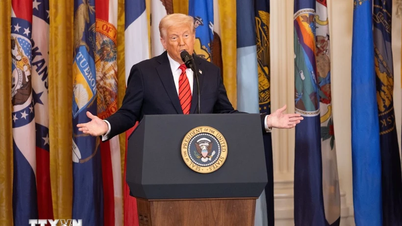


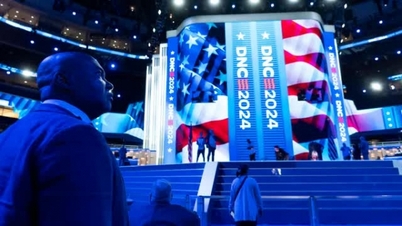

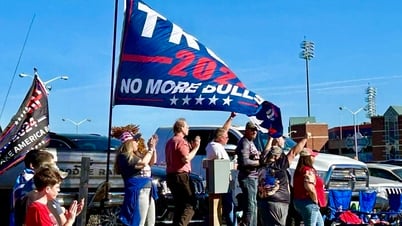
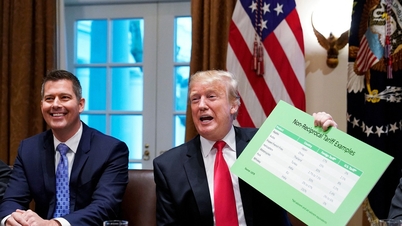
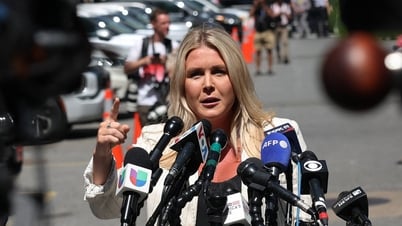






















































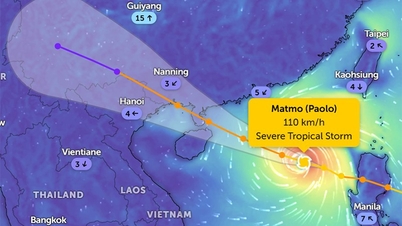


![[Infographic] Notable numbers after 3 months of "reorganizing the country"](https://vphoto.vietnam.vn/thumb/402x226/vietnam/resource/IMAGE/2025/10/4/ce8bb72c722348e09e942d04f0dd9729)
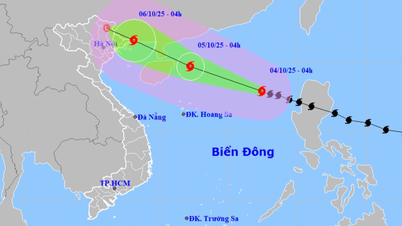










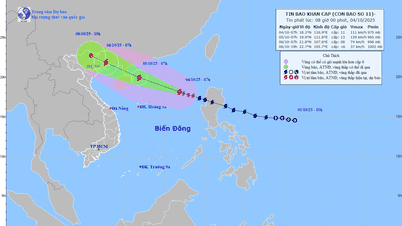

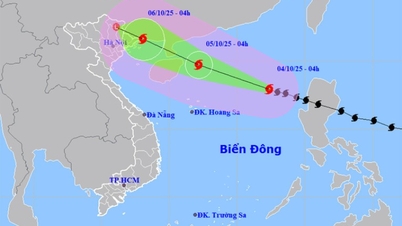


















Comment (0)